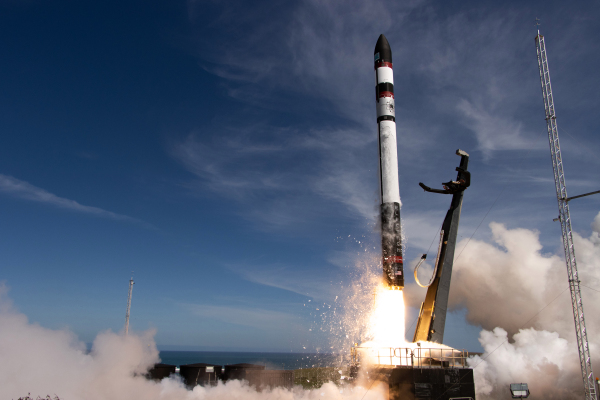
Rocket Lab PRESIDENT Peter Beck shared look at on the company’s next launch, which is set to take off from the New Zealand facility on May 15. The Electron limo will be carrying satellites using BlackSky, but delivering associated with payload is only half of the mission: the other half will be restoring the booster stage later an ocean splashdown.
This is the second associated three planned booster rescue missions, part of Rocket Lab’s long-term plan to reach reusability for its launch vehicle, some achievement most famously possessed by its competitor SpaceX. The main recovery mission , called “Return to Sender, ” successfully splashed down from your Atlantic in November. As soon as Beck told reporters Thursday the condition of that booster “was remarkable, ” this long run mission nevertheless features a handful of component and system extras aimed at further fortifying all booster.
Such as, the booster will be perfect for businesses that a redesigned heat preserve made out of stainless steel, rather than alloy, “designed to carry the reentry loads as well as the ascent forces, ” Beck said. Electron must endure temperatures all the way to 2400ºC during reentry, terms and conditions the original equipment wasn’t meant to handle.
The company is also outstanding what it’s calling all of the Ocean Recovery and Receive Apparatus, or ORCA, a fanatical system to help lift my rocket stage out of the ingesting water and onto the sail of a ship. Rough sea in November presented harder to the recovery effort, nonetheless ultimately the booster isn’t damaged.
All the mission will also reuse compounds from the recovered booster, the (although the booster alone was dismantled) were hereafter inspected and requalified as for flight. “From here on living in, we should be able to reuse this technique on every single launch ride that we’ve been returning, ” Beck said.
Rocket Lab would be pursuing a unique route to reusability. As opposed to the approach from SpaceX, whose Falcon 9 rockets use powered decelerations to landings, Rocket Lab’s option with Electron is to decelerate the vehicle passively using the surrounding and a parachute.
The reentry method is constrained by the size of the launch vehicle, Beck explained. “You don’t obviously have that ability to carry add-on fuel to do maneuvers nicely deceleration burns or whatsoever like that, ” he assumed. Instead, the vehicle enters engines-first and propagates a massive shockwave on its journey returning to Earth, carefully managed to ease peak heat on their own vulnerable parts. This makes for a nearly negligible payload lowering: about 10%, as opposed to the 30-40% required for a propulsive arrival. These are very tight margins, Beck acknowledged:
“This is not a simple goal. It sounds pretty basic ~ let’s just bring the point in time back and put it under a parachute and splash down : but actually, doing it with virtually no significant reentry elements plus using the atmosphere to do all the work is really challenging. ”
The final splashdown data recovery mission will take place before the last part of 2021, Beck accepted, and will include improvements into decelerator and a more wide block upgrade. Once these great missions are complete, Catapult Lab will turn to the product’s ultimate goal: to do distant with splashdown recovery naturism and to retrieve the booster mid-descent under its parachute using a helicopter.
Looking ahead, the company’s next rocket will be the Ungeladenes nukleon, “a vehicle designed for reusability from day one, ” Beck said. The Neutron is going much larger than its precursor and capable of lifting heavy payloads to orbit. Your man estimated that Rocket Labrador will construct one Ungeladenes nukleon rocket per year and hope to operate a fleet of two to begin with.






